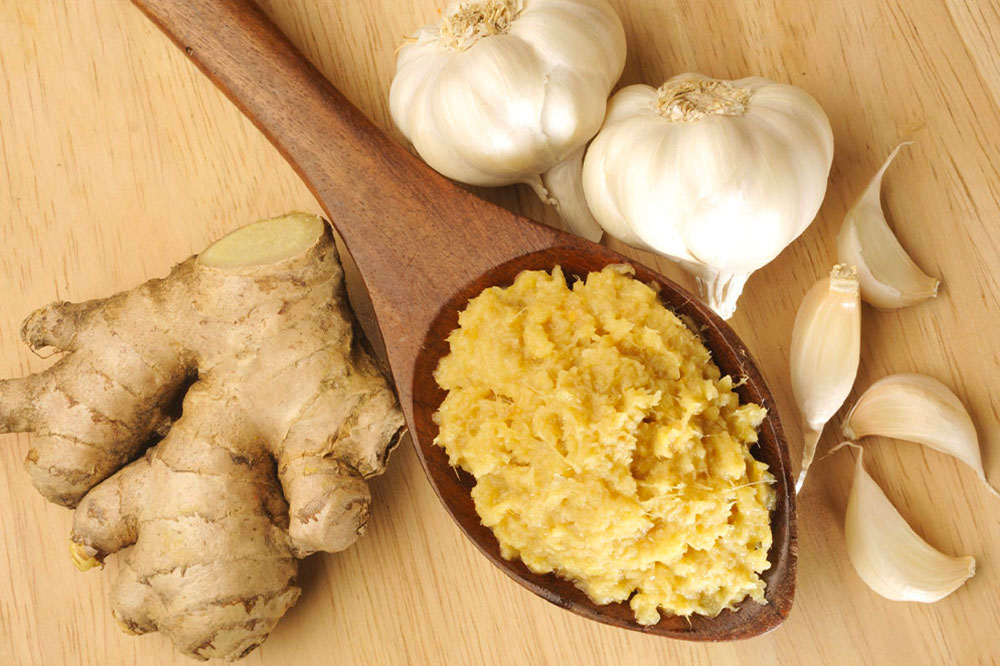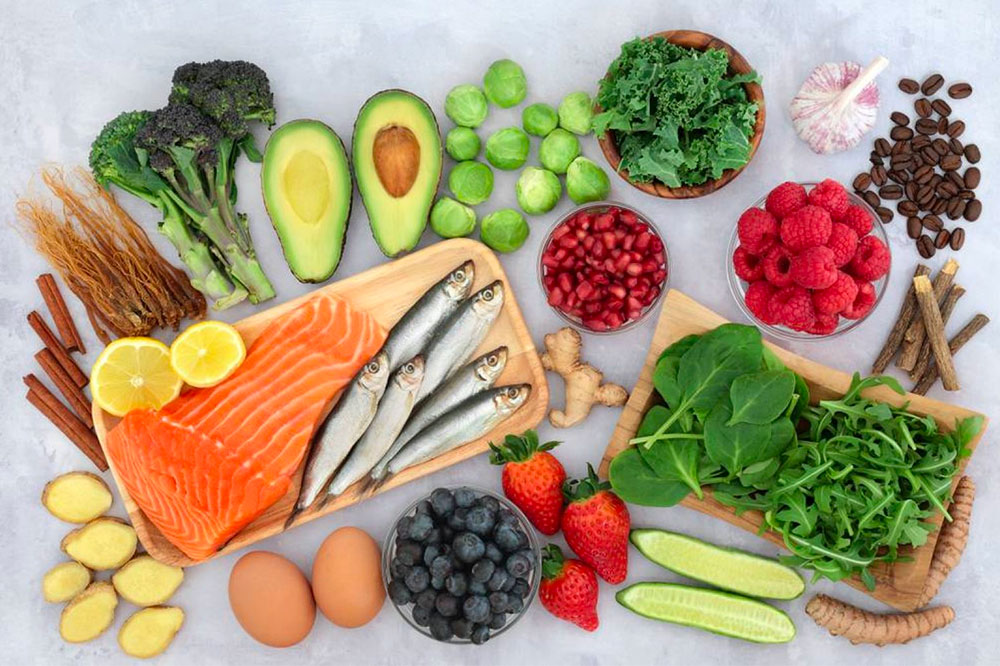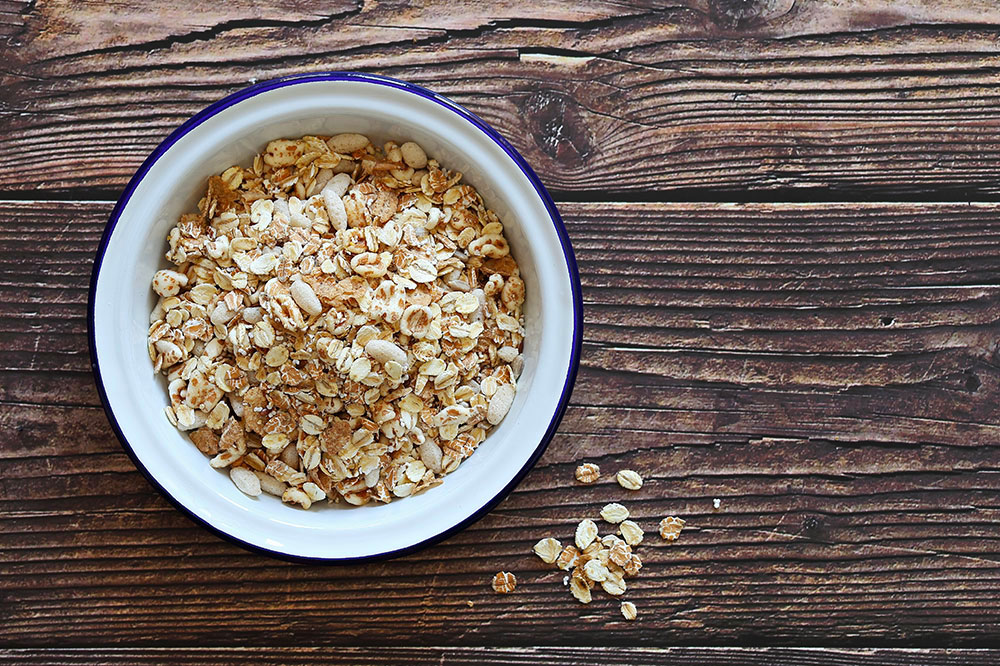Obesity – Causes and Top Management Options
Today’s busy lifestyle has resulted in unhealthy eating habits and lack of exercise, leading to lifestyle-related health complications like cholesterol, cardiovascular diseases, and obesity. A recent survey shows that more than 42% of adults in the country currently deal with obesity, making it a concerning statistic. A few simple yet significant measures like regular exercise, stress management, portion control, and better food and lifestyle choices can help with the condition. BMI classification The terms “overweight” and “obese” are often used interchangeably, but there is a significant difference between the two. The Centers for Disease Control and Prevention (CDC) classifies these conditions based on a person’s BMI or body mass index, i.e., one’s weight in kilograms divided by the square of one’s height in meters. Typically, BMI values between 18.5 and 25 are considered “normal,” while people with BMIs of 25 to 30 are considered overweight. Finally, those with obesity have BMI scores of 30 or higher. Additionally, CDC has subdivided the condition into three categories: Class 1: BMI of 30 to <35 Class 2: BMI of 35 to <40 Class 3: BMI scores of 40 or higher Causes Genetic predisposition: Several studies demonstrate the association between obesity and genetics. Typically, mutations to the gene MC4R, encoding the melanocortin-4 receptor, are believed to be responsible for the development of the condition.
Read More 









